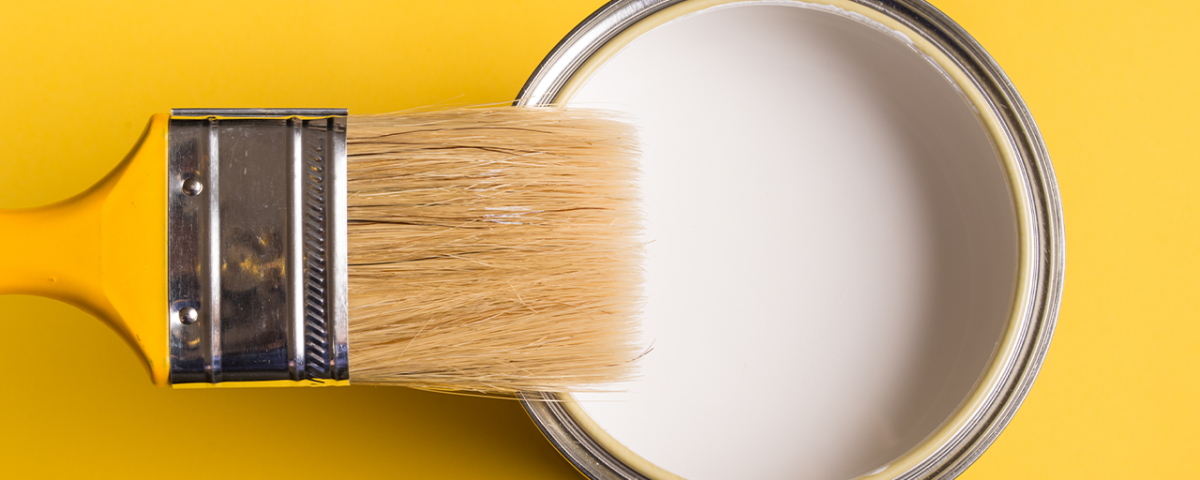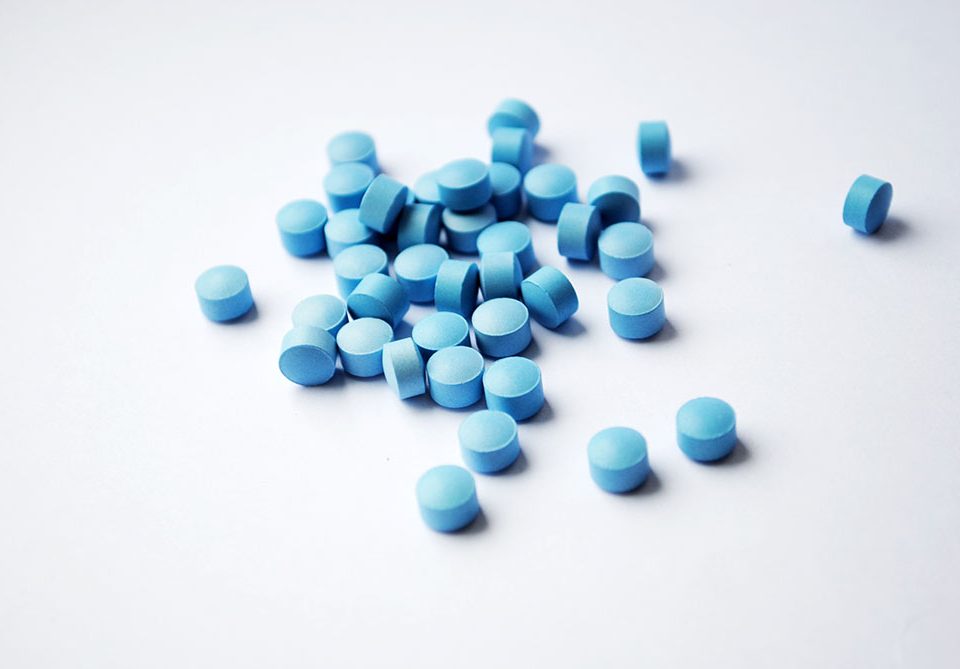What is huffing, and why is it dangerous? People will inhale chemicals or fumes to achieve a high sensation which feels like delayed reactions and altered senses. Huffing paint is a dangerous practice that leads to short and long-term health complications. There are different ways to huff paint which will be explained as you keep reading.
How Do Inhalants Get You High?
Inhalants are chemicals that produce chemical vapors and are found in household and workplace products. When inhaled, the vapors produce mind-altering effects and can cause brain damage. In addition to paint, individuals (who are usually teenagers between the ages of fourteen to seventeen) will inhale products like gasoline, lighter fluid, glues, and paint thinners to get high.
Sniffing paint or paint huffing increases high symptoms, and effects are produced quickly. Huffing intensifies an inhalant since it involves soaking a rag in the chemicals of the paint or spraying chemicals from spray paint onto a rag and placing it over the mouth and nose. Sometimes, the rag will be placed in the mouth. As a result, a person will deeply inhale the chemicals and can feel muscle weakness, dizziness, and numbness in the body.
What Does Huffing Paint Do to the Body & Mind
Huffing is mostly used for paint, but many dangerous side effects can occur after use. Some of the signs that display a person’s paint abuse are if someone is drowsy and confused. Plus, a peculiar smell of paint and chemicals may surround the person, as well as poor hygiene, reduced appetite, and weight loss. In addition, side effects from huffing paint include:
- Stupor
- Tinnitus
- Wheezing
- Edema of lips
- Muscle weakness
- Redness around eyes
- Temporary hearing loss
- Damage to the lung’s air sacs
Long-term side effects include severe and irreversible damage to the brain. Brain damage causes improper functioning resulting in cognitive dysfunction and dementia. The chemicals naphthalene and toluene are the culprits for causing brain damage. Therefore, a lowered IQ, memory loss, and permanent brain damage are highly possible effects of huffing paint. If you or a loved one are showing signs of paint huffing, seeking intervention services is highly recommended to avoid long-term brain damage, a coma, or death.
Recovery at Banyan Drug Rehab
At Banyan Treatment Centers locations, we offer excellent medically supervised detoxes for individuals who are suffering from addiction. In addition, our mental health programs are beneficial for those who are huffing, bagging, or sniffing inhalants since mental health conditions can be a result of brain damage. You can work with our highly trained professionals to establish a treatment plan that works best for you. Don’t wait to begin recovering today and avoid long-term adverse effects from addiction.
Contact a team member at Banyan by calling 888-280-4763 and asking about our intensive inpatient program to get started right away!
Related Readings:




















